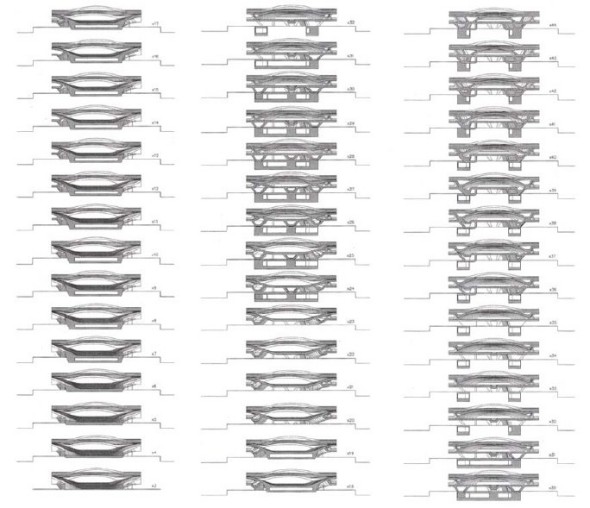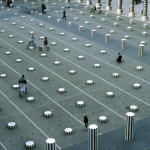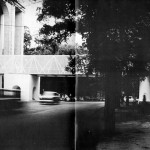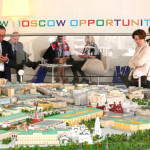Tipologia
[omissis] | davide tommaso ferrando

Typology need not lead to the systematic repetition of existing types.
While architectural form undoubtedly influences and is influenced by politics, social dynamics, and culture, it cannot be legitimized or assessed solely on the basis of its external effects. […]
For me, the real essence of the practice of architecture is the process of organizing materials in such a way that the form and program of a building become consistent. Typology offers us a way to assess the practice of architecture as material organization. Architectural types are assemblages of form and program, and typology, the study of the classification of these assemblages, is the framework that traditionally has linked forms of architecture.
The problem with typology, of course, is that it has been used in the past as a recipe to reproduce existing conditions, thus making it inadequate for dealing with the increasingly accelerated pace of social, cultural, and political change brought on in part by the processes of globalization. However, typology need not lead to the systematic repetition of existing types. Rather, it can be used to assess whether the work one is doing is moving forward or standing still. Typology can become a catalyst for architectural experimentation and the development of new urban models, especially if we conceive of types as objects for manipulation and adjustment rather than for imitation. […]
In designing the Yokohama Port Terminal, we created a diagram that began as an attack on typology – specifically, the typology of the terminal – proposing instead that the terminal was a space with its own internal forms of organization. Yet in the process of building the project, typology emerged as a useful way of thinking about the methods of assembly. We based the material organization of the building on the concept of repetition: a small number of details or types were repeated throughout but were differentiated to solve particular situations. We designed the geometry of the building to achieve this, organizing the structural elements into a few types that could be combined to produce a complex form. […]
The hope was that through the systematic repetition and differentiation of these elements, something previously unknown would emerge.
ALEJANDRO ZAERA-POLO, Breeding Architecture, in BERNARD TSCHUMI, IRENE CHENG (ed.), The State of Architecture at the Beginning of the 21st Century, The Monacelli Press, New York 2003, p. 56.
[segnalato da Davide Tommaso Ferrando]
Questo sito usa Akismet per ridurre lo spam. Scopri come i tuoi dati vengono elaborati.








Lascia un commento